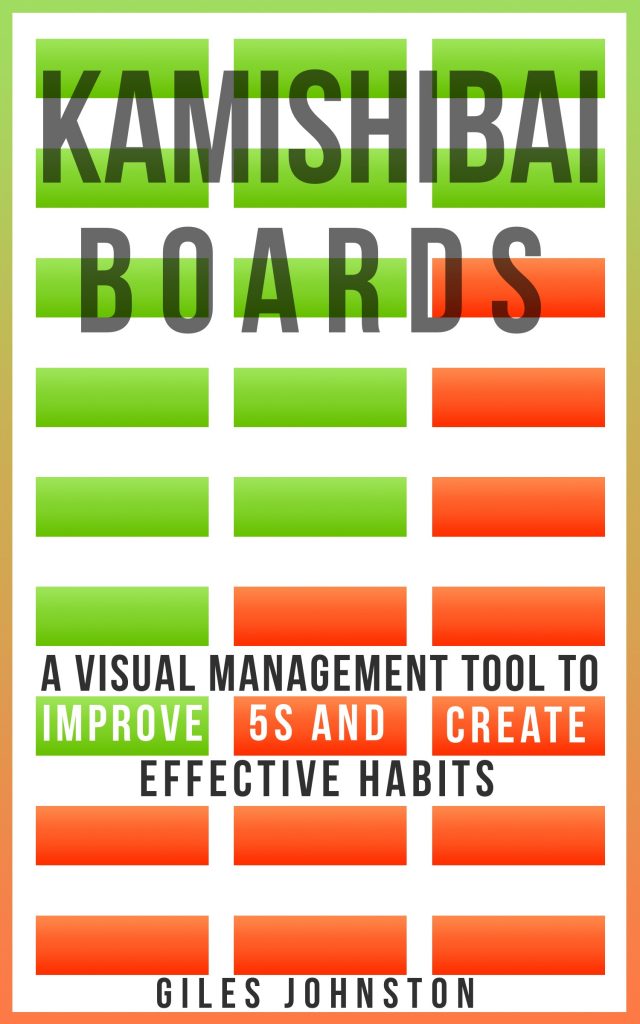Re-starting initiatives is a real pain in the backside, isn’t it? This often happens because things slip. You decide it would be better to do things a certain way, habits aren’t properly formed and performance then starts to slide back to where you came from. A worse picture is when you slide back further than where you started from.
Setting standards, formally, is a key part of resolving this situation. It is all too easy to make comments in meetings but crystallising these points into standards is an essential leadership element of the world of continuous improvement. And in short, if you don’t have high standards you will likely find consistently achieving high levels of performance later on difficult.
Do you have a strategy to define your standards?
Remembering to remember is the strategy that many businesses take. Hoping that they can remember what was agreed doesn’t often last long. Writing the agreement down is a sensible way to capture the change. Whether this is through your Standard Operating Procedures (SOPs), your ISO business management system, a visual standard, a Kamishibai Board or something similar it doesn’t matter. Capturing it is the key part.
Once you have standards captured you face the next challenge: walking past unacceptable situations. There is a famous quote that says that we tend to outlive our problems rather than dealing with them. If you have the highest standards in your business, because you want a safe, high performance, working environment then you need to have high standards.
smartspeed.co.uk/product-information/kaizen-course-making-it-happen/(opens in a new tab)
People watch and they copy. If you see something that isn’t meeting the standards that you have set then don’t walk by. You need to be clear about what isn’t satisfactory and then help others to remedy the situation. If you don’t do this at the point that you notice the symptoms then you risk experiencing the ‘broken windows theory’. This sociological principal implies that if people don’t perceive there to be negative consequences for non-compliance then behaviour will degrade further. In the case of an abandoned warehouse, if you don’t fix the smashed windows / tell someone off then the rest of the windows will get smashed out rather rapidly thereafter. The consequences don’t have to be dire but re-direction is required.
Who needs the highest standard?
A key point here, regarding standards, is that the higher you are in the organisation the more impeccable you need to be. Living and breathing standards is not just a job for middle management. Everyone looks up in an organisation and the actions at the top can have huge ramifications. If you are at the top then be warned. If you aren’t at the top and have this issue with a superior then you might have to find a way to send them to this article…
So, what are your standards? Are they as high as they need to be or do you have room to improve? More importantly, have you defined them, along with your expectations?
Remember:

- If you define them, then you can share them.
- Once you share them you can manage them.
Control over your business operations becomes a lot easier once you have effective standards defined and upheld. Continuous improvement, auditing and management reviews all need to refer back to a standard.
This subject is too important to ignore!
Resources


Making 5S Work
A great place to start with establishing standards is the physical workplace. 5S is a great methodology for doing this but implementations often leave us wanting. This step by step guide navigates you through the common failings and is available for immediate download.
